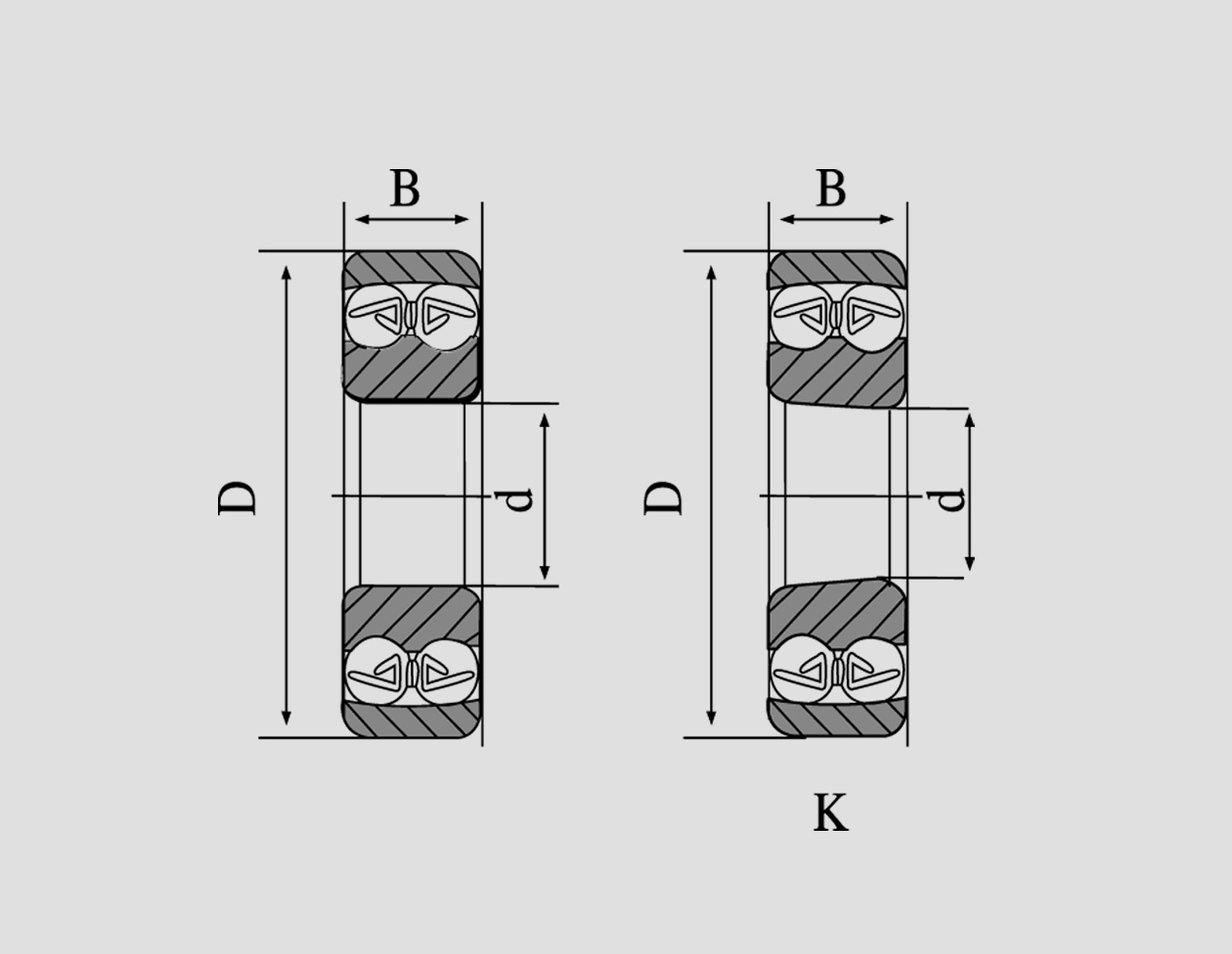
Dec . 11, 2024 07:28 Back to list
spherical roller bearing installation
Installation Guide for Spherical Roller Bearings
Spherical roller bearings are widely used in various industrial applications due to their ability to accommodate misalignment and handle heavy loads. The successful installation of these bearings is crucial for ensuring optimal performance and longevity. This article provides a detailed overview of the installation process for spherical roller bearings, highlighting key considerations and techniques.
Understanding Spherical Roller Bearings
Spherical roller bearings consist of an outer ring with a spherical raceway, an inner ring, and a set of roller elements held in place by a cage. Their spherical design allows them to handle both radial and axial loads in both directions, making them suitable for applications such as construction machinery, wind turbines, and heavy equipment.
Pre-Installation Preparations
Before beginning the installation process, it is essential to perform some preliminary checks and preparations
1. Inspection of Components Thoroughly inspect the bearing, housing, and shaft for any signs of damage or contamination. Any foreign particles or defects can lead to premature failure.
2. Cleanliness Ensure that all components are clean. Use appropriate solvents and lint-free cloths to remove grease, dust, or any particles that might interfere with the proper functioning of the bearing.
3. Tools and Equipment Gather the necessary tools, which typically include bearing pullers, heat induction equipment, torque wrenches, and measuring instruments. Using the proper tools will help in achieving a smooth installation.
4. Temperature Preparation In some cases, heating the bearing can facilitate easier installation. This can be achieved using a bearing heater or heat induction device. Ensure that the bearing is heated evenly to a temperature between 80°C to 100°C (176°F to 212°F), as overheating may damage the bearing.
Step-by-Step Installation Process
1. Shaft Preparation Ensure that the shaft is clean and free of burrs or sharp edges that could damage the bearing during installation. If necessary, apply a light coat of oil to reduce friction during the assembly.
spherical roller bearing installation

2. Bearing Alignment Position the spherical roller bearing onto the shaft carefully. It is essential to ensure that the internal and external raceways are properly aligned. Misalignment may lead to uneven wear or failure.
3. Applying Force Evenly When pressing the bearing onto the shaft, always apply force evenly. Utilize a hydraulic press when possible, as it provides uniform pressure and minimizes stress on the bearing. If applying manual force, use a soft material to cushion the impact and protect the bearing’s surfaces.
4. Installing the Housing Once the bearing is securely installed on the shaft, it is time to fit it into the housing. Again, ensure that the alignment is accurate. Place the housing over the bearing and apply even pressure to seat the bearing properly.
5. Securing the Bearing After the bearing is in place, it must be secured. Install any locking mechanisms or shoulder screws that are part of the bearing assembly. This will prevent movement and maintain alignment.
Post-Installation Checks
After the installation is complete, conduct a series of checks to confirm that everything is in order
1. Rotation Test Rotate the assembled unit to check for smooth operation. Any binding or unusual noise could indicate incorrect installation or misalignment.
2. Lubrication Ensure that the bearing is adequately lubricated according to the manufacturer’s recommendations. The right type and amount of lubricant are vital for reducing friction and wear.
3. Alignment Verification Double-check the alignment of the bearing and shaft. Misalignment can lead to reduced bearing life and increased maintenance costs.
Conclusion
The installation of spherical roller bearings requires a careful approach and attention to detail. By following the outlined steps and taking the necessary precautions, you can ensure that the bearings function optimally, leading to enhanced performance and extended service life. Always refer to specific manufacturer guidelines for any additional recommendations pertinent to the specific bearing and application you are working with. Implementing best practices in installation is a significant step towards achieving reliability and efficiency in your machinery.
Latest news
-
Grooved Ball Bearing Design and Functionality
NewsJun.04,2025
-
Concrete Mixer Bearing Load Capacity Testing
NewsJun.04,2025
-
6004 Bearing Dimensions in Robotic Joint Designs
NewsJun.04,2025
-
Advantages of Single-Row Deep Groove Ball Bearings
NewsJun.04,2025
-
Applications of Deep Groove Ball Bearings in Automotive Systems
NewsJun.04,2025
-
Innovations in Bearing Pressing Machine Design
NewsJun.04,2025
